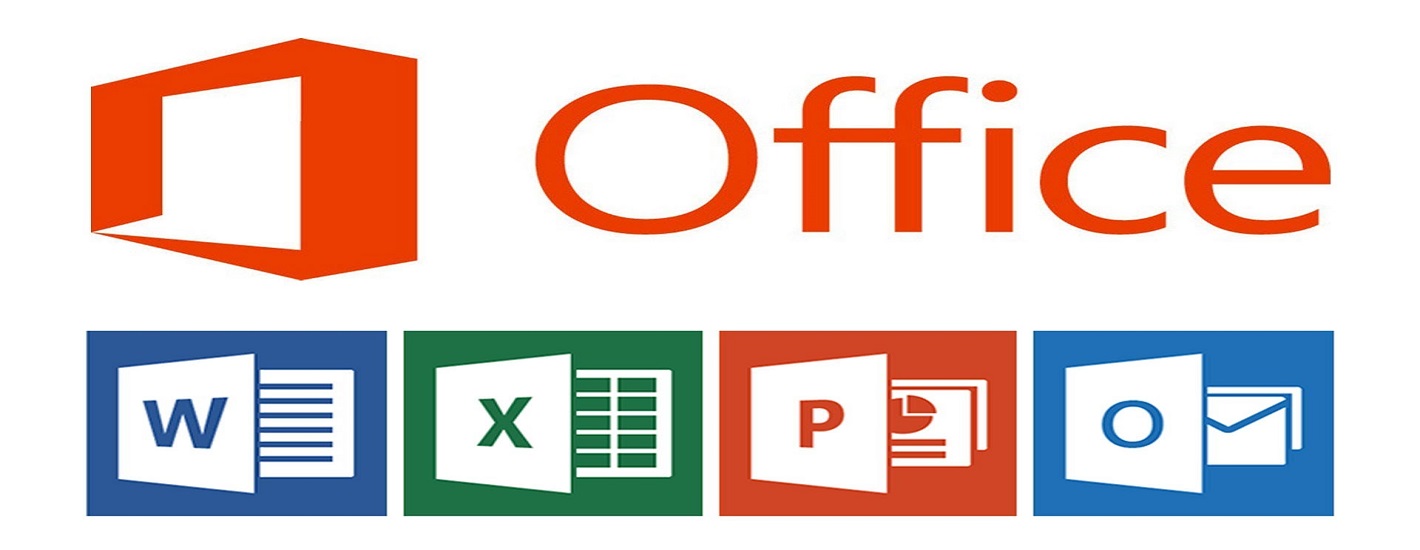SQL Server Training Course
Today we cannot imagine our life, our business without a proper database. We always like to analyze data and get the report from data so that they can manage their life and their organization in proper order. That means that there is high demand of database.
The database is not only important for storing the data in proper order. Beside this, there is also numbers of application where it plays the big roles to perform efficiently.
SQL Server training course teaches developers all the Transact SQL skills they need to create database objects like Tables, Views, Stored procedures & Functions and triggers in SQL Server. Gives an idea about writing Queries & Sub-queries, working with Joins, etc. As well as database management skills like backup, restore, etc.
SQL Server Training Course Syllabus
Introduction To DBMS
- File Management System And Its Drawbacks
- Database Management System (DBMS) and Data Models
- Physical Data Models
- Logical Data Models
- Hierarchical Data Model (HDBMS)
- Network Data Model (NDBMS)
- Relational Data Model (RDBMS)
- Object Data Model (ODBMS)
- Object Relational Data Model (ORDBMS)
- Conceptual Data Models
- Entity – Relationship (E-R) Model
Introduction To SQL Server
- Advantages and Drawbacks Of SQL Server Compared To Oracle And DB2
- Connecting To Server
- Server Type
- Server Name
- Authentication Modes
- SQL Server Authentication Mode
- Windows Authentication Mode
- Login and Password
- SQL Server Management Studio and Tools In Management Studio
- Object Explorer
- Object Explorer Details
- Query Editor
- Connecting To Server
TSQL (Transact-Structured Query Language)
Introduction To TSQL
- History and Features of TSQL
- Types Of TSQL Commands
- Data Definition Language (DDL)
- Data Manipulation Language (DML)
- Data Query Language (DQL)
- Data Control Language (DCL)
- Transaction Control Language (TCL)
- Database
- Creating Database
- Altering Database
- Deleting Database
- Constraints
- Procedural Integrity Constraints
- Declarative Integrity Constraints
- Not Null, Unique, Default and Check constraints
- Primary Key and Referential Integrity or foreign key constraints
- Data Types In TSQL
- Table
- Creating Table
- Altering Table
- Deleting Table
Data Manipulation Language
- Insert
- Identity
- Creating A Table From Another Table
- Inserting Rows From One Table To Another
- Update
- Computed Columns
- Delete
- Truncate
- Differences Between Delete and Truncate
Data Query Language (DQL)
- Select
- Where clause
- Order By Clause
- Distinct Keyword
- IsNull() function
- Column aliases
- Predicates
- Between … And
- In
- Like
- Is Null
Built-In Functions
- Scalar Functions
- Numeric Functions
- Character Functions
- Conversion Functions
- Date Functions
- Aggregate Functions
- Convenient Aggregate Functions
- Statistical Aggregate Functions
- Group By and Having Clauses
- Super Aggregates
- Over(partition by …) Clause
- Ranking Functions
- Common Table Expressions (CTE)
Top n Clause
Set Operators
- Union
- Intersect
- Except
Joins
- Inner Join
- Equi Join
- Natural Join
- Non-Equi Join
- Self Join
- Outer Join
- Left Outer Join
- Right Outer Join
- Full Outer Join
- Cross Join
Sub Queries
- Single Row Sub Queries
- Multi-Row Sub Queries
- Any or Some
- ALL
- Nested Sub Queries
- Co-Related Sub Queries
- Exists and Not Exists
Indexes
- Clustered Index
- NonClustered Index
- Create , Alter and Drop Indexes
- Using Indexes
Security
- Login Creation
- SQL Server Authenticated Login
- Windows Authenticated Login
- User Creation
- Granting Permissions
- Revoking Permissions
- Roles
Views
- Purpose Of Views
- Creating , Altering and Dropping Indexes
- Simple and Complex Views
- Encryption and Schema Binding Options in creating views
Transaction Management
- Introduction
- Begin Transaction
- Commit Transaction
- Rollback Transaction
- Save Transaction
- Role Of Log File In Transaction Management
- Implicit Transactions
TSQL Programming
- Drawbacks Of TSQL that leads to TSQL Programming
- Introduction To TSQL Programming
- Control statements In TSQL Programming
- Conditional Control Statements
- If
- Case
- Conditional Control Statements
- Looping Control Statements
- While
Cursors
- Working With Cursors
- Types Of Cursors
- Forward_Only and Scroll Cursors
- Static, Dynamic and Keyset Cursors
- Local and Global Cursors
Stored Sub Programs
- Advantages Of Stored Sub Programs compared to Independent SQL Statements
- Stored Procedures
- Creating , Altering and Dropping
- Optional Parameters
- Input and Output Parameters
- Permissions on Stored Procedures
- User Defined Functions
- Creating, Altering and Dropping
- Types Of User Defined Functions
- Scalar Functions
- Table Valued Functions
- Inline Table Valued Functions
- Multi-Statement Table-Valued Functions
- Permissions On User Defined Functions
- Triggers
- Purpose of Triggers
- Differences Between Stored Procedures and User Defined Functions and Triggers
- Creating, Altering and Dropping Triggers
- Magic Tables
- Instead Of Triggers
- Exception Handling
- Implementing Exception Handling
- Adding and removing User Defined Error Messages To And From SQL Server Error Messages List
- Raising Exceptions Manual
CLR Integration
- What is CLR Integration and The Steps For Implementing It
- A Simple Example With CLR Integration
Working With XML Data Type
Backup and Restore Of Database
Attach and Detach of Database
Normalization
SQL Server Training Course Syllabus



